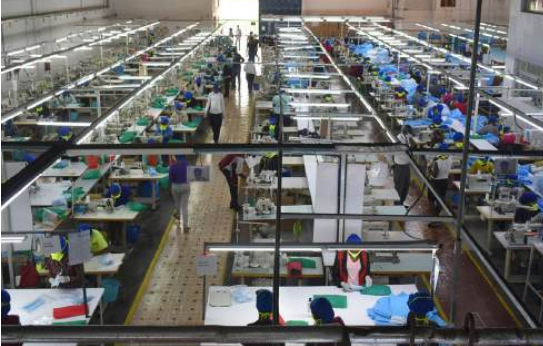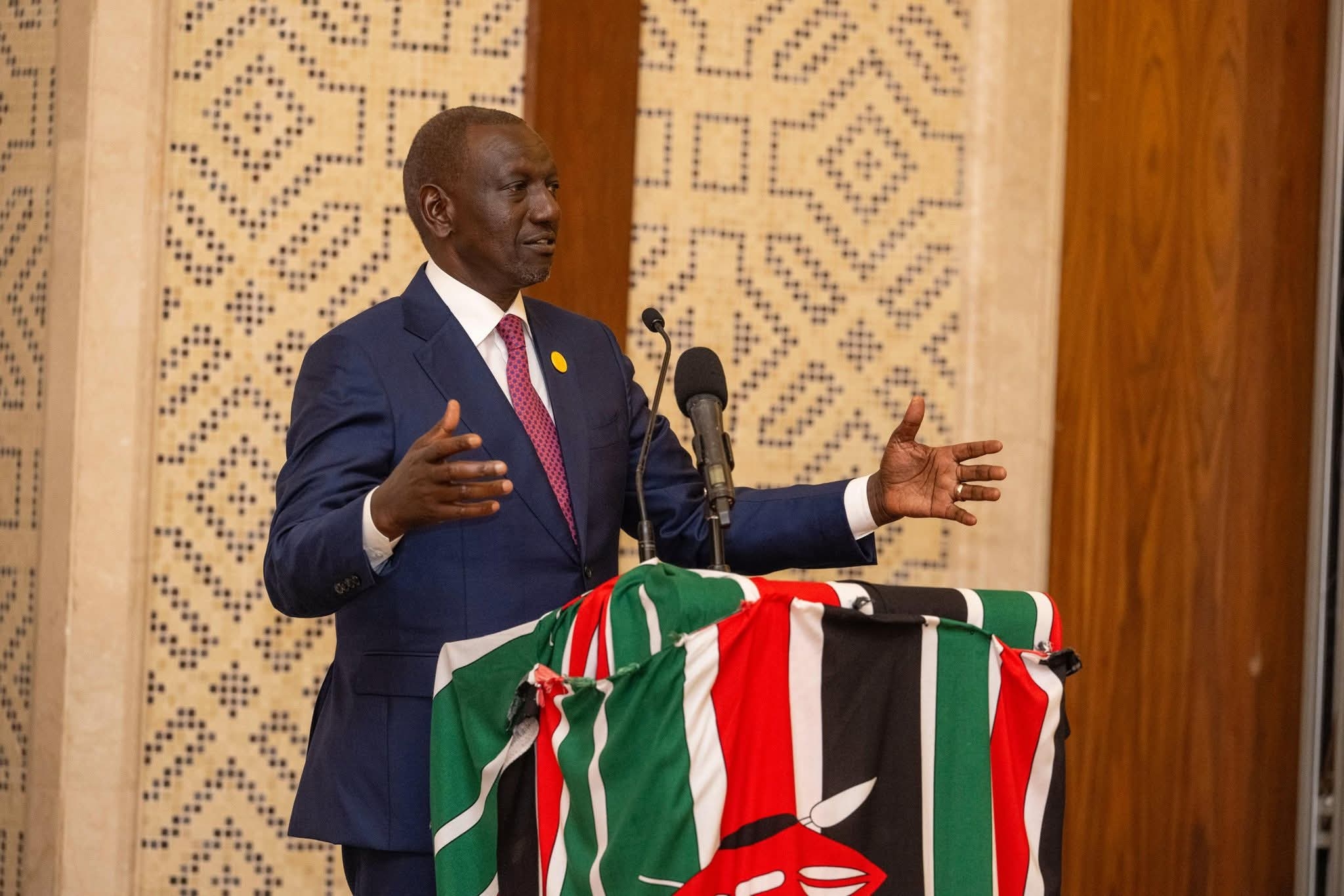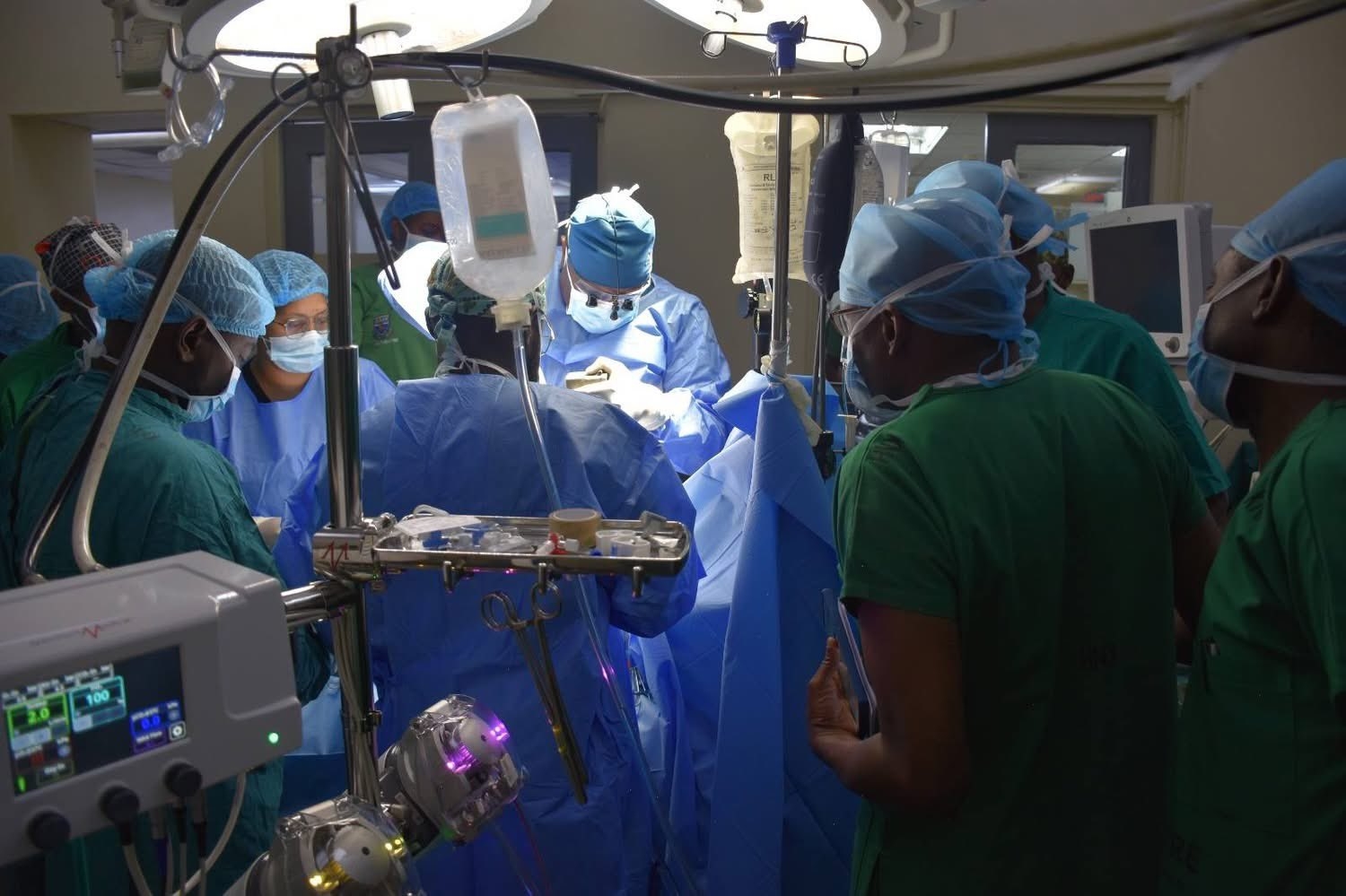
 Operations at an Export Processing Zone in Athi River, Machakos County/FILE
Operations at an Export Processing Zone in Athi River, Machakos County/FILE
Business activity
in the Kenyan private sector in October rose to the highest level since
February 2022, supported by an improved economic environment.
The monthly
private sector Purchasing Managers’ Index released on Wednesday by Stanbic Bank
shows that activities rose for the second month running in October to 52.5
points, up from 51.9 points in September.
Readings above 50 points signal an improvement in business conditions from the previous month, while readings below that value show deterioration.
According to the
report, companies highlighted a further improvement in sales intakes amid
broader economic strengthening.
Rising demand encouraged
firms to increase their purchasing activity for the first time since April.
The improved
economic environment was also supported by a milder increase in business
expenses, with input costs rising at the slowest pace in just over a year.
“The PMI survey
indicated a further rebound in the Kenyan private sector following the
disruptions caused by protests in the second quarter of the year. Output and
new business intakes increased for the second consecutive month, with both
growth rates accelerating,’’ the report shows.
In terms of
output, the latest expansion was the strongest since December 2021. Notably,
the wholesale and retail sector was the only one to see a noticeable uptick.
Several firms mentioned offering discounts to attract sales as economic activity
improved.
Firms frequently
cited robust demand conditions amid improving economic prospects, along with
the impact of new product launches and promotional pricing strategies.
Notably, all of
the main sectors monitored by the survey experienced an upturn in activity in
October. This contributed to a broad-based increase in input procurement, with
total purchasing activity rising for the first time since April.
There were also
some initiatives to enhance workforce capacity, although the pace of job
creation was only marginal. Businesses reported relatively stable conditions regarding
supply chains and price pressures at the start of the fourth quarter.
Lead times
shortened for the ninth consecutive month, with panelists often attributing
efficiency gains to subdued input demand in recent months and increased vendor competition.
However, the pace
of improvement eased from September’s four-year high. With purchases increasing
and delivery times improving, Kenyan firms were able to expand their input
inventories during October.
Regarding prices,
firms indicated that input costs rose in October, but only marginally. The
overall rate of inflation was the slowest in 13 months, with both purchase
prices and overall wage costs increasing at a slower pace than in September.
Firms mainly
cited a combination of rising import prices and higher taxes, including
increases in VAT and fuel duties.
Output prices
also increased, but the rate of growth was similarly modest. Notably, the
wholesale and retail sector was the only one to see a noticeable uptick.
Several firms
mentioned offering discounts to attract sales as economic activity improved.
Output expectations
dipped to a four-month low in October, yet they remained among the strongest
since early 2023.
Exactly 20 per
cent of survey respondents forecasted an increase in activity by October next
year, while the rest maintained a neutral outlook for the private sector.
According to Christopher Legilisho, an economist at Standard
Bank, businesses also reported quicker deliveries reflecting increased efficiency
and vendor competition.
However, firms were less optimistic about future output
conditions. Employment was stable in October for most firms as they maintained
their workforce, while backlogs shrank as they cleared outstanding orders.
“Pricing indicators were soft in October, as input prices, purchase prices, staff costs and output prices increased only modestly. Low prices pressures imply that, while output conditions have improved, they are not fueling demand-driven inflation.”




















